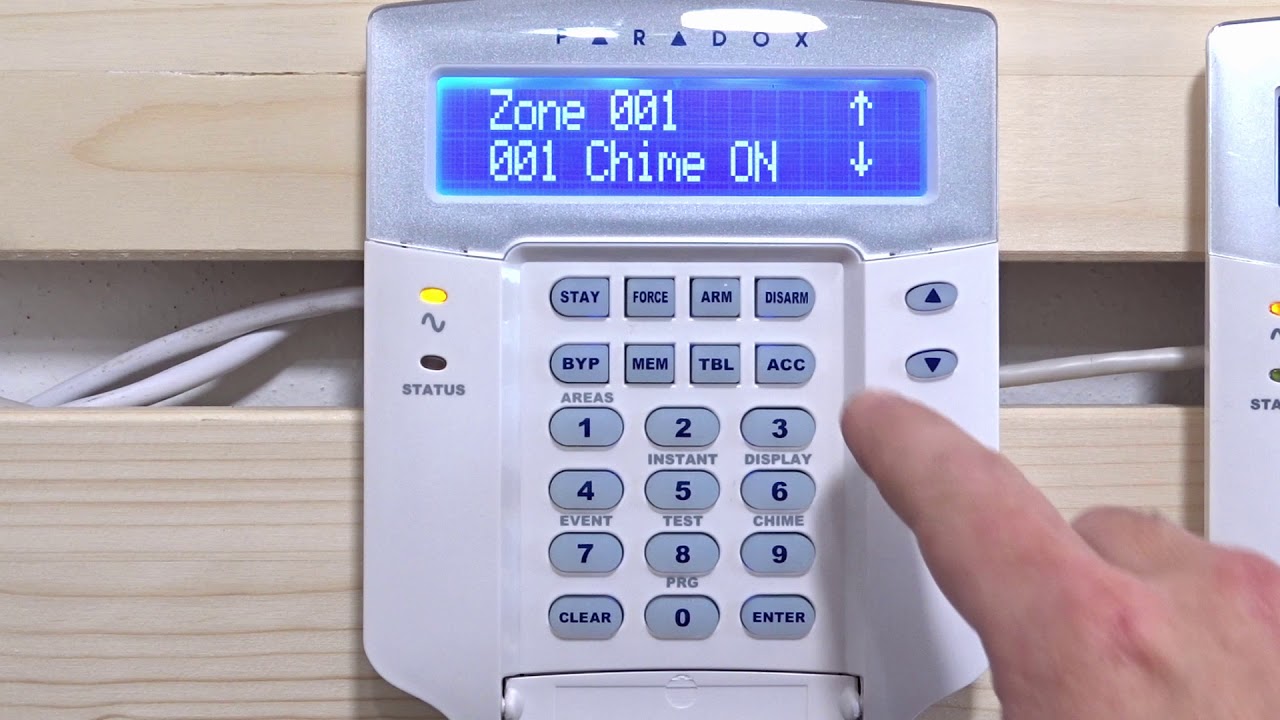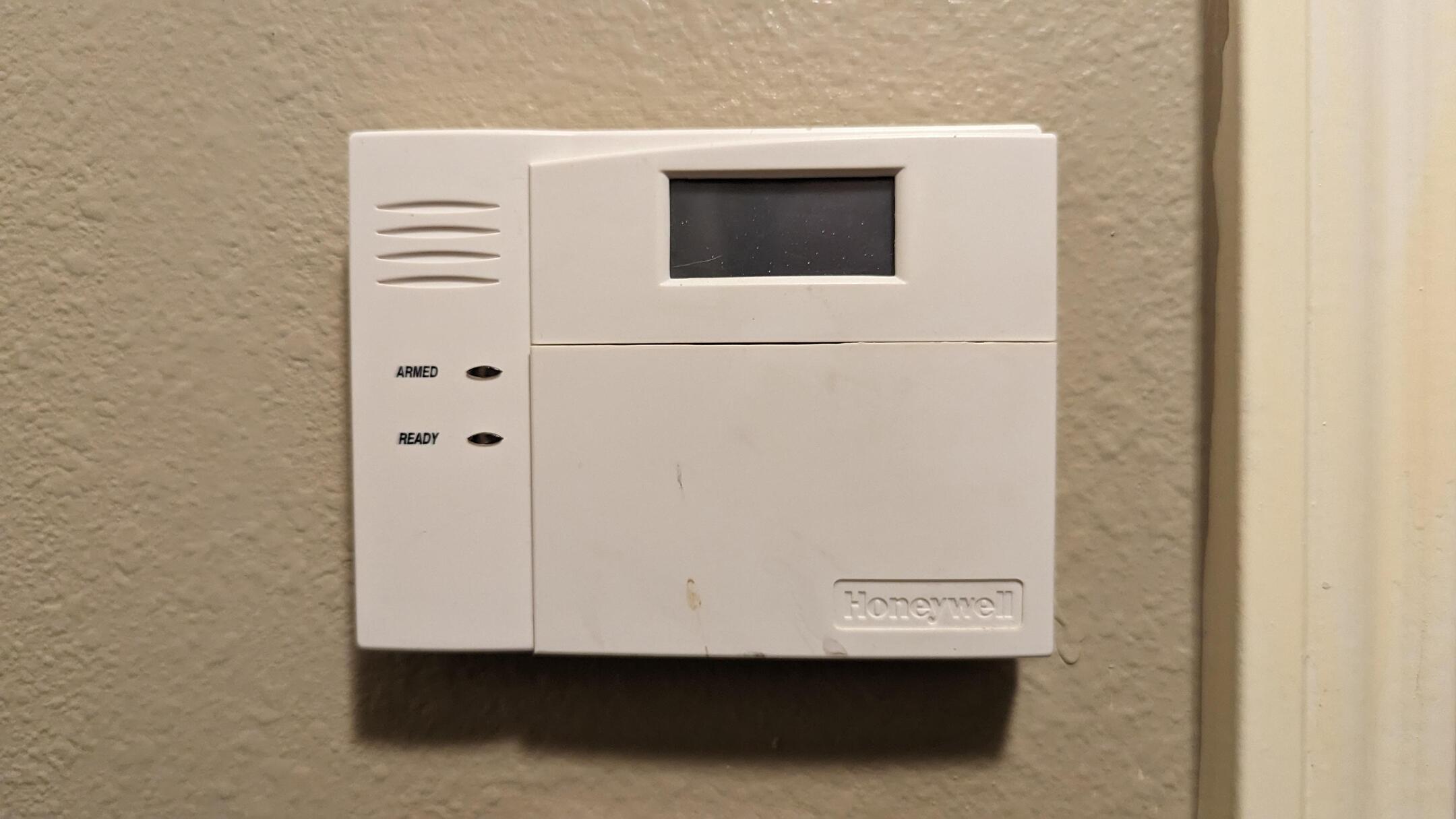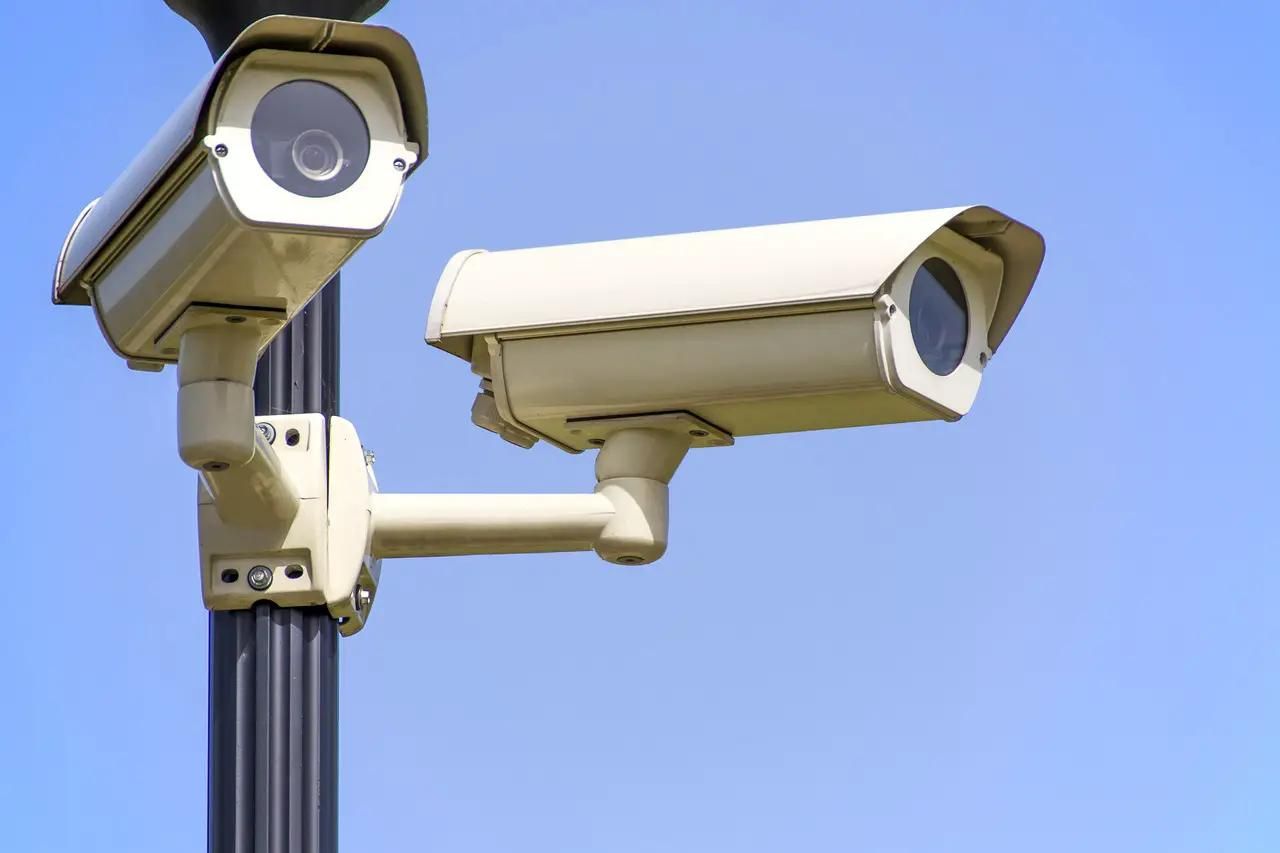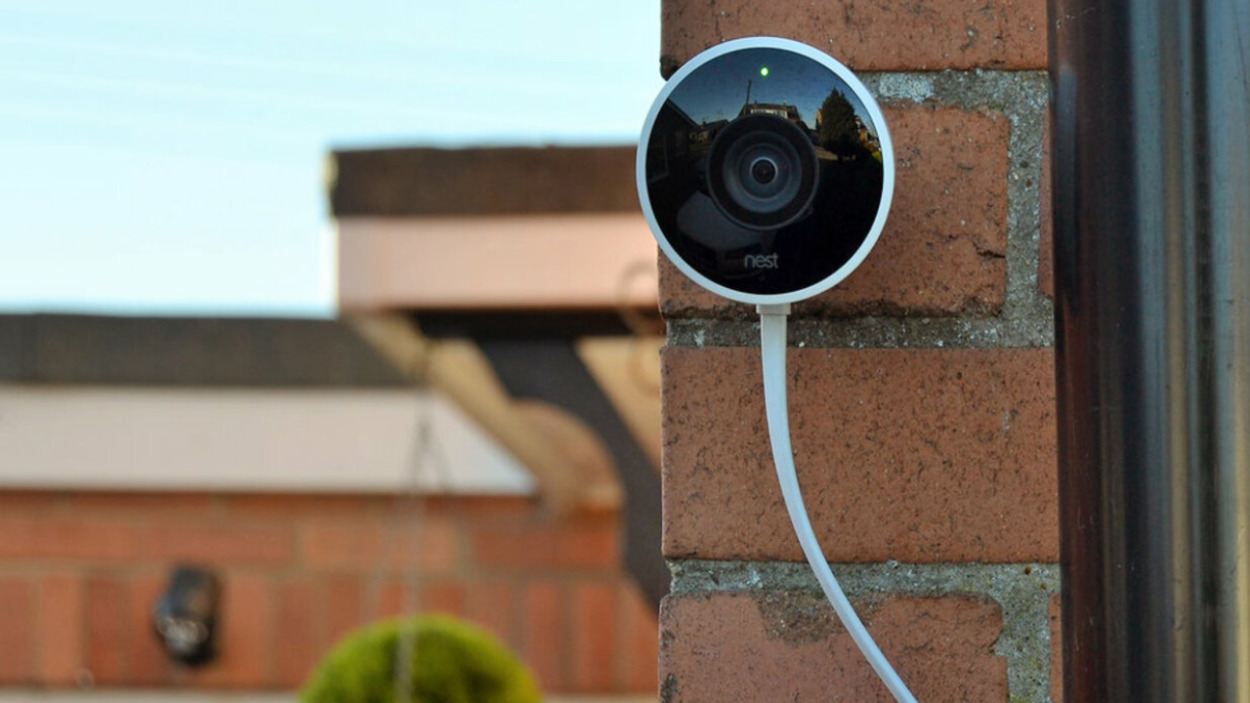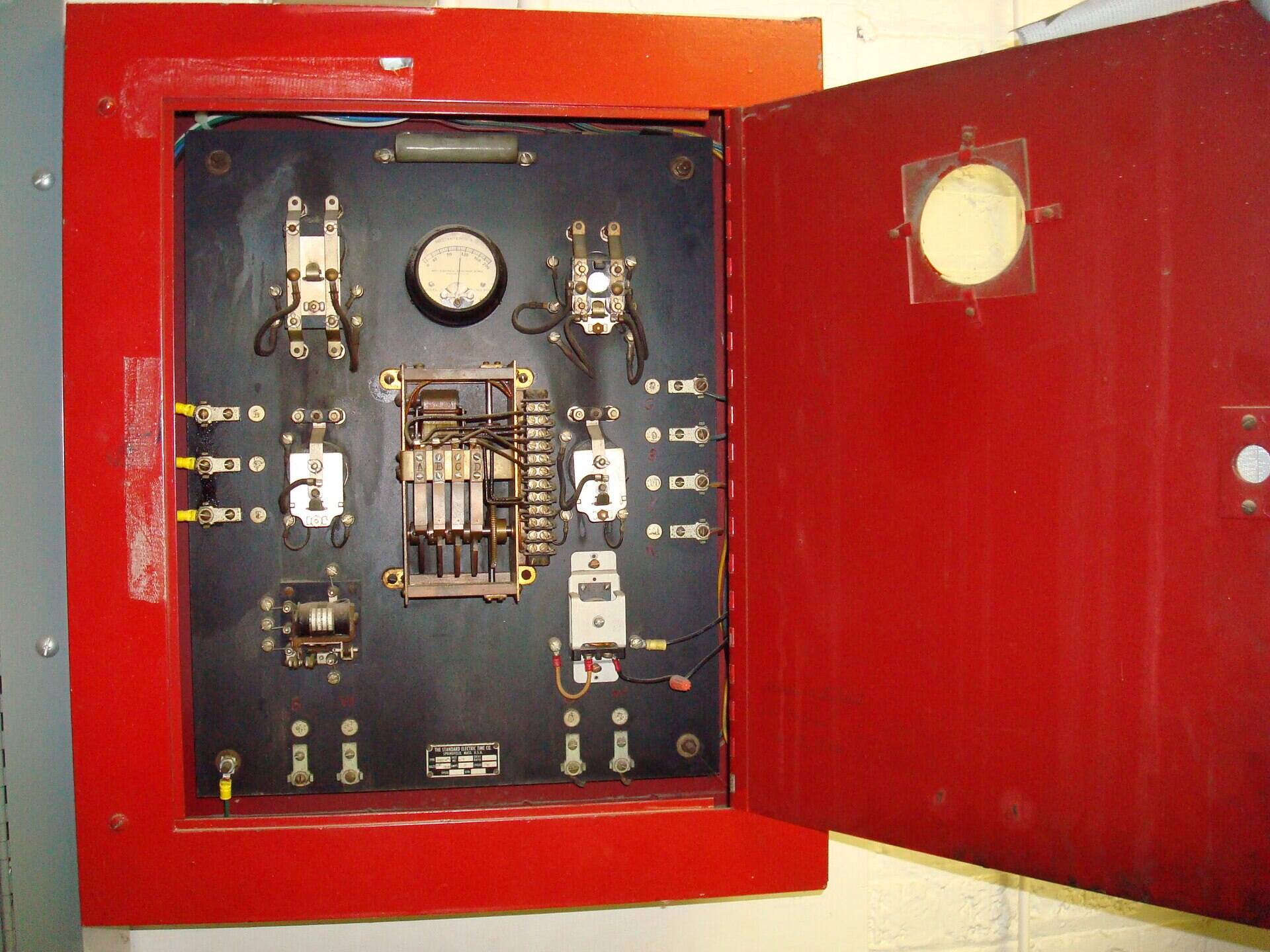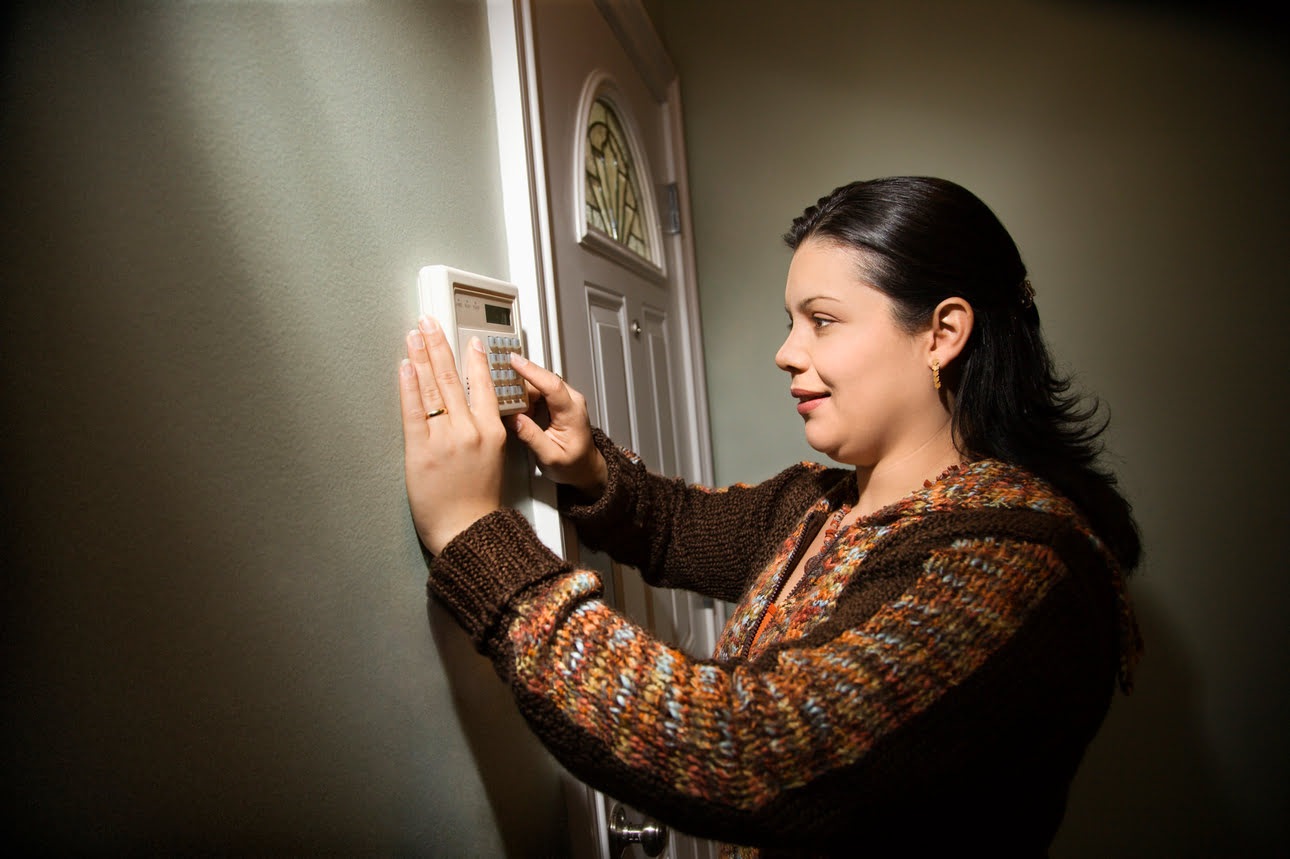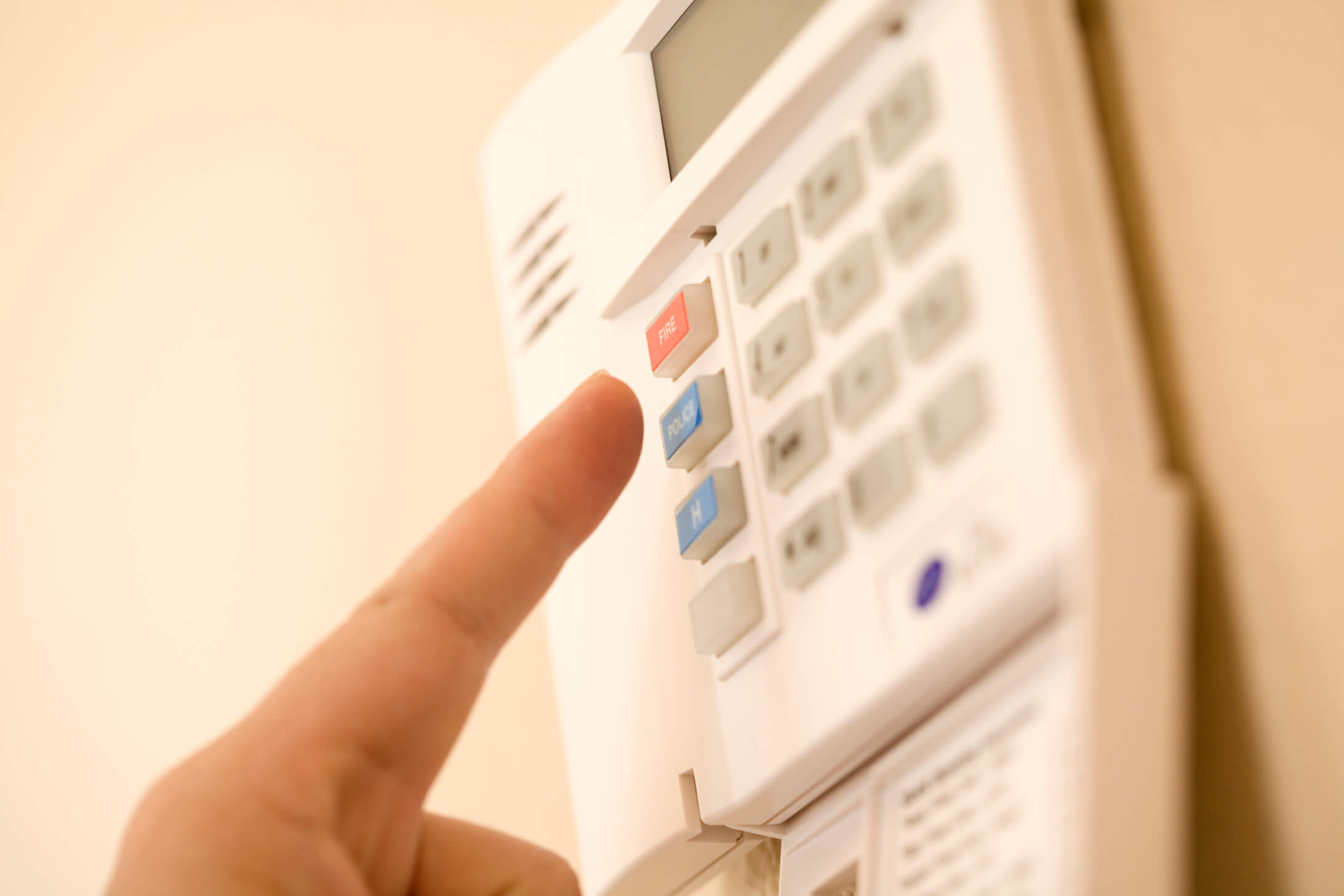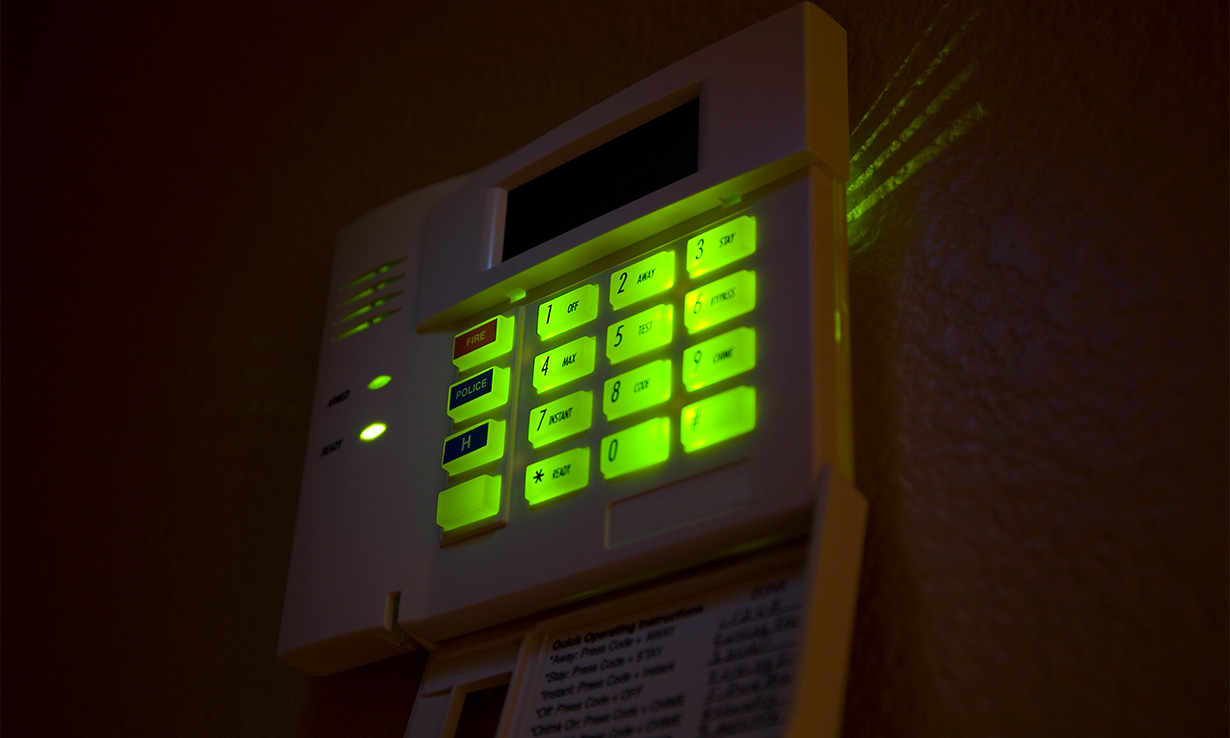Home>Home Security and Surveillance>How To Turn Off Home Security Alarm
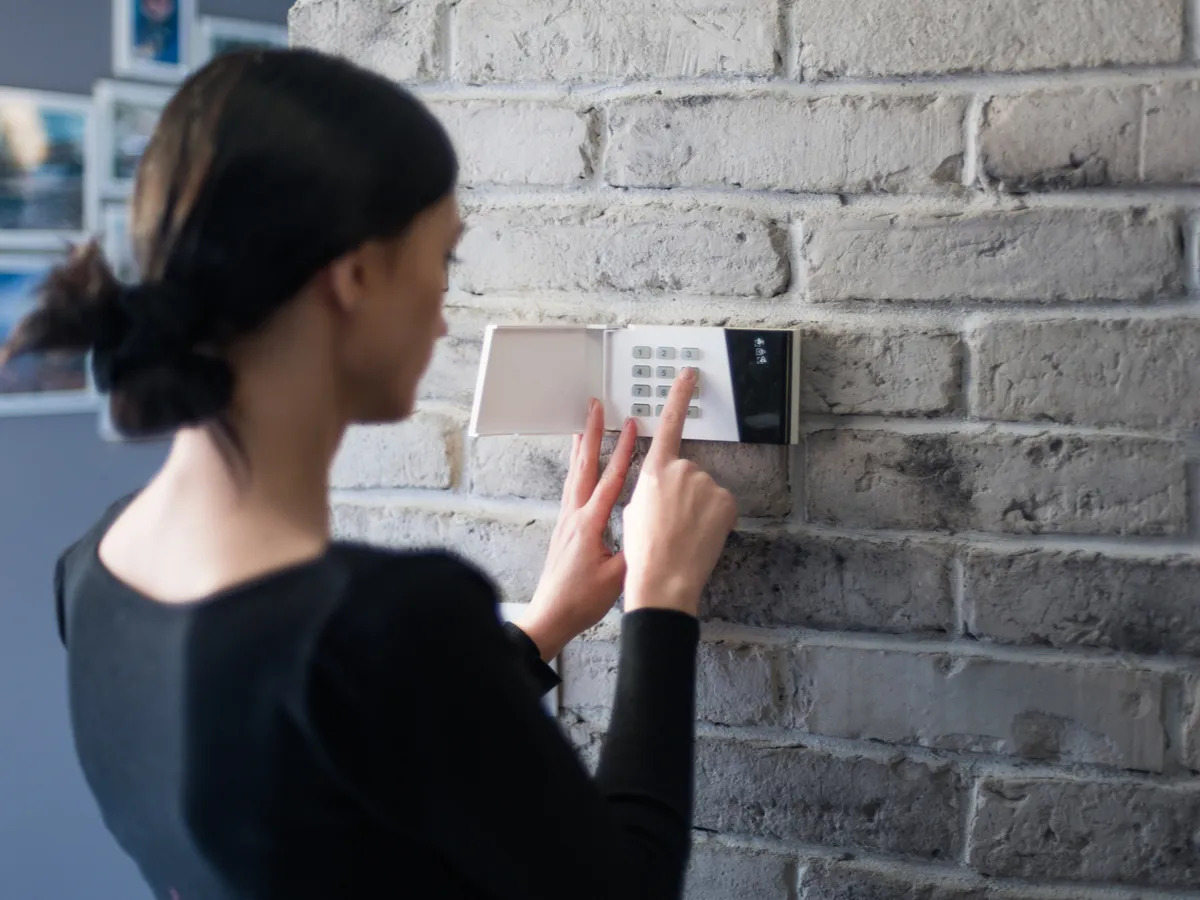

Home Security and Surveillance
How To Turn Off Home Security Alarm
Modified: March 6, 2024
Learn how to easily turn off your home security alarm with our step-by-step guide. Ensure your home security and surveillance system is properly disarmed to avoid any false alarms.
(Many of the links in this article redirect to a specific reviewed product. Your purchase of these products through affiliate links helps to generate commission for Storables.com, at no extra cost. Learn more)
Introduction
Welcome to the world of home security and surveillance! In an era where safety and peace of mind are top priorities, ensuring the security of our homes is of utmost importance. Installing a reliable home security system not only protects your valuables but also provides a sense of security for your loved ones.
However, there may be instances when you need to turn off your home security alarm temporarily. Whether it’s because you accidentally triggered the system, need to make modifications to the system settings, or simply want to disable it temporarily for a specific reason, knowing how to turn off your home security alarm is essential.
In this article, we will guide you through the step-by-step process of turning off your home security alarm while maintaining the overall security of your premises.
Before we dive into the details, it’s important to note that the steps mentioned in this article are general guidelines and may vary slightly depending on the specific home security system you have installed. It’s always recommended to refer to the user manual provided by the manufacturer for detailed instructions tailored to your specific system.
Now, let’s get started on understanding how to turn off your home security alarm!
Key Takeaways:
- Knowing how to turn off your home security alarm is essential for maintaining safety and peace of mind. Understanding your system, entering the master code, and disarming the alarm are key steps to ensure a smooth process.
- Temporarily disabling motion sensors and testing the security alarm are crucial for navigating the process smoothly. Remember to reactivate the alarm sound and reconfigure the system to maintain comprehensive home security.
Step 1: Understanding Your Home Security System
Before you can effectively turn off your home security alarm, it’s essential to have a basic understanding of how your system works. Familiarizing yourself with the different components and features will enable you to navigate through the process smoothly.
Most home security systems consist of a control panel, sensors, keypads, and an alarm. The control panel acts as the brain of the system, while the sensors detect any unauthorized entry or motion. The keypads allow you to interact with the system and input various codes to manage its functions.
There are several types of home security systems available, including wired, wireless, and smart systems. Wired systems require physical connections between the components, while wireless systems use radio frequency signals for communication. Smart systems integrate advanced technologies and can be controlled remotely via smartphones or voice assistants.
Take some time to review your home security system’s user manual or online documentation to understand the specific features and operations of your system. This knowledge will prove invaluable when it comes to turning off the alarm.
Additionally, identify the various alarm triggers and settings available. This could include door/window sensors, motion sensors, and glass break detectors. Understanding these features will help you tailor your alarm settings and choose the appropriate method to disable the alarm temporarily.
By comprehending the workings of your home security system, you’ll be better equipped to navigate the subsequent steps and effectively turn off the alarm when needed.
Step 2: Locating the Control Panel
The control panel is the central hub of your home security system. It’s where you can access and manage the various settings and functions of the system. To effectively turn off your home security alarm, you need to locate the control panel first.
The control panel is typically installed in a central and easily accessible location in your home, such as the entryway or a hallway. It may be mounted on a wall or placed on a tabletop, depending on the system you have.
If you’re unsure about the location of the control panel, refer to the user manual or documentation provided by the manufacturer. It will provide specific information on the control panel’s location and appearance.
Once you’ve identified the control panel, you can move on to the next step. However, if you’re still having trouble locating it, you may need to contact your home security system provider for assistance. They should be able to guide you and provide support in finding the control panel.
Remember, familiarizing yourself with the control panel’s location is crucial, as it will be the primary interface through which you’ll perform the necessary steps to turn off your home security alarm.
Step 3: Entering the Master Code
Entering the master code is a crucial step in disabling your home security alarm. The master code is a unique code assigned to the system’s owner or administrator. It grants access to various functions and settings of the security system.
To enter the master code, locate the keypad on your control panel. The keypad is usually a numerical pad with additional buttons for system arming, disarming, and other functions.
Begin by pressing the designated key or button to wake up the keypad. This is often labeled as “Arming” or “Disarming” and may be accompanied by a key or lock symbol.
Once the keypad is activated, you’ll be prompted to enter a code. This is where you input the master code to gain access to the system settings.
Consult your home security system’s user manual or documentation to find the default master code if you’re unsure what it is. In some cases, the system may prompt you to change the default master code during the initial setup process.
Enter the master code using the keypad and follow the on-screen prompts, if any. The control panel should acknowledge the code input and grant you access to the system settings.
Keep in mind that the master code is vital information and should be kept secure. It’s important to change the default code to a unique and confidential one to prevent unauthorized access to your home security system.
With the master code entered successfully, you’re now ready to proceed to the next step of turning off your home security alarm.
Step 4: Disarming the Security Alarm
Having entered the master code, it’s time to disarm the security alarm. Disarming the alarm will temporarily disable the system’s surveillance and trigger functions, allowing you to move freely within your home without setting off any alarms.
Once you’ve entered the master code, you should see a disarming option on the keypad or control panel screen. Look for buttons or icons that indicate disarming or deactivating the alarm.
Press the designated disarming button or select the disarm option on the screen. The control panel will begin the disarm sequence, and you may hear a confirmation beep or see an indicator light indicating that the alarm is disarmed.
If the disarming process is successful, the alarm system will be temporarily disabled, allowing you to move freely within your home without triggering any alarms.
It’s crucial to note that disarming the security alarm only temporarily disables the system. The alarm will automatically arm itself again after a specific period of inactivity, usually within a few minutes. This feature is designed to ensure constant protection even if you forget to re-arm the system.
If you need to extend the disarmed period or permanently disable the alarm, refer to your home security system’s user manual or consult with the manufacturer for further instructions.
With the security alarm successfully disarmed, you can now proceed without worrying about triggering any alarms while you’re within your home.
To turn off a home security alarm, you typically need to enter your security code into the control panel or keypad. If you don’t have the code, contact your security provider for assistance.
Step 5: Turning Off the Alarm Sound
While the security alarm may be disarmed, you may still encounter situations where you need to turn off the alarm sound completely. This could be due to a false alarm triggering or if you require peace and quiet in your home for a specific period.
To turn off the alarm sound, you’ll typically find a designated button or option on the keypad or control panel. It may be labeled as “Silence,” “Mute,” or “Sound Off.” Consult your home security system’s user manual or documentation for specific information on disabling the alarm sound.
Once you’ve located the button or option, simply press it to silence the alarm sound. The control panel or keypad should indicate that the alarm sound is turned off, either through a visual indicator or a message on the screen.
Keep in mind that by turning off the alarm sound, you are only disabling the audible alerts. The alarm system will still be active and monitoring your home for any suspicious activity. If an alarm event occurs, it will trigger the appropriate notifications or alerts for further action.
If you wish to re-enable the alarm sound, follow the same steps and press the designated button or option on the keypad or control panel.
Remember that disabling the alarm sound should only be done temporarily and for specific reasons. It’s essential to reactivate the alarm sound to ensure the full protection of your home and loved ones.
With the alarm sound now turned off, you can enjoy a peaceful environment in your home without the disruption of the security alarm sounding.
Step 6: Temporarily Disabling Motion Sensors
In some cases, you may need to disable specific motion sensors temporarily, while keeping the rest of the security system operational. This can be useful if you have pets or anticipate movement in a particular area that could trigger false alarms.
Disabling motion sensors can usually be done through the control panel or keypad of your home security system, depending on the design and features of your system.
Start by accessing the system’s settings menu or options. Look for a section related to sensor settings or zones. Within this menu, you should find the option to enable or disable motion sensors individually.
Select the specific motion sensor or sensors that you want to temporarily disable. Follow the prompts or instructions to disable them, which may involve pressing a button labeled “Disable” or toggling a setting from “Enabled” to “Disabled”. The control panel or keypad should provide visual confirmation or a message indicating that the selected motion sensors are now disabled.
It’s important to be selective when disabling motion sensors, as leaving some areas unprotected may compromise the overall security of your home. Consider the specific reasons for disabling a particular motion sensor and ensure that other security measures are in place to compensate for the disabled area during that time.
Remember to enable the motion sensors again once you no longer require them to be disabled. This will ensure that your entire home is protected by the security system.
By temporarily disabling motion sensors, you can prevent unwarranted alarms while still maintaining security in the areas that are active and under surveillance.
Step 7: Resetting the Home Security System
If you’ve made changes to your home security system or encountered any issues, resetting the system can help restore it to its default settings and troubleshoot any problems. Resetting the system is also necessary if you want to completely turn off the security alarm and disable all its functions temporarily.
To reset your home security system, locate the control panel and navigate to the system settings menu. Look for an option or button labeled “Reset” or “Factory Reset”. Keep in mind that the specific location of the reset option may vary depending on your system’s design.
Before initiating the reset process, it’s crucial to note that this action will erase all customized settings and configurations you’ve made to your security system. It will revert the system back to its original factory settings.
Once you’ve found the reset option, confirm your intent to reset the system. You may be required to enter a confirmation code or select “Yes” on the control panel or keypad.
After confirming the reset, the system will begin the process, which may take a few seconds to a few minutes. During this time, the system will reboot and restore the default settings.
After the reset is complete, you will need to reconfigure and personalize your home security system according to your preferences. This may include setting up new access codes, reprogramming sensors, and adjusting alarm settings.
Remember to consult your home security system’s user manual or contact the manufacturer if you encounter any issues or need specific instructions on how to reset your particular system.
By resetting the home security system, you can start fresh and ensure that all settings and configurations are back to their default state.
Step 8: Testing the Security Alarm
After making any changes to your home security system or temporarily disabling the alarm, it’s crucial to test the system to ensure that it functions properly. Testing the security alarm will confirm that all sensors, settings, and notifications are working as intended.
To test the security alarm, begin by arming the system using the appropriate option on the control panel or keypad. This could be labeled as “Arm,” “Activate,” or “Set.” Follow the prompts or instructions to fully arm the system.
Once the system is armed, simulate an alarm event by intentionally triggering a sensor. For example, open a door or window with a sensor or walk in front of a motion sensor. This will activate the alarm and trigger the notification process.
Observe the system’s response to the alarm event. The control panel or keypad should display a warning message or indicator, and the alarm itself should sound off. In addition, if you have configured notifications, such as text messages or email alerts, ensure that you receive the appropriate notifications during the test.
After confirming that the alarm has been triggered and the notifications have been received, proceed to disarm the system using the appropriate option on the control panel or keypad. Ensure that the alarm sound stops, and the system acknowledges that it is disarmed.
Finally, review the test results and verify that everything is functioning as expected. If you notice any issues or inconsistencies, consult your home security system’s user manual or contact the manufacturer for troubleshooting assistance.
Testing the security alarm on a regular basis, especially after making any changes to the system, is essential to ensure the reliability and effectiveness of your home security measures.
Read more: How To Turn Off Google Home Alarm
Conclusion
Turning off your home security alarm is a necessary skill to have when you need to temporarily disable the system for various reasons. By following the steps outlined in this article, you’ll be able to navigate the process smoothly and ensure the safety and security of your home.
Remember, understanding your home security system and its components is crucial in effectively turning off the alarm. Familiarize yourself with the control panel, master code, and settings to confidently navigate the process.
Disarming the security alarm and temporarily disabling the motion sensors will give you the freedom to move within your home without triggering false alarms while maintaining the overall security of your premises.
Additionally, it’s important to note that disabling the alarm sound and resetting the system should only be done temporarily and for specific reasons. Always ensure that you reactivate the alarm sound and reconfigure the system afterward to maintain comprehensive home security.
Lastly, don’t forget to regularly test your security alarm to ensure its proper functionality. Testing the system will give you peace of mind knowing that your home and loved ones are protected.
By following these steps and staying informed about your specific home security system, you’ll be equipped to confidently turn off your home security alarm when needed. Remember, a little knowledge and preparation can go a long way in keeping your home safe and secure.
Frequently Asked Questions about How To Turn Off Home Security Alarm
Was this page helpful?
At Storables.com, we guarantee accurate and reliable information. Our content, validated by Expert Board Contributors, is crafted following stringent Editorial Policies. We're committed to providing you with well-researched, expert-backed insights for all your informational needs.
